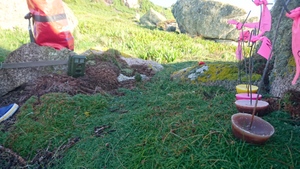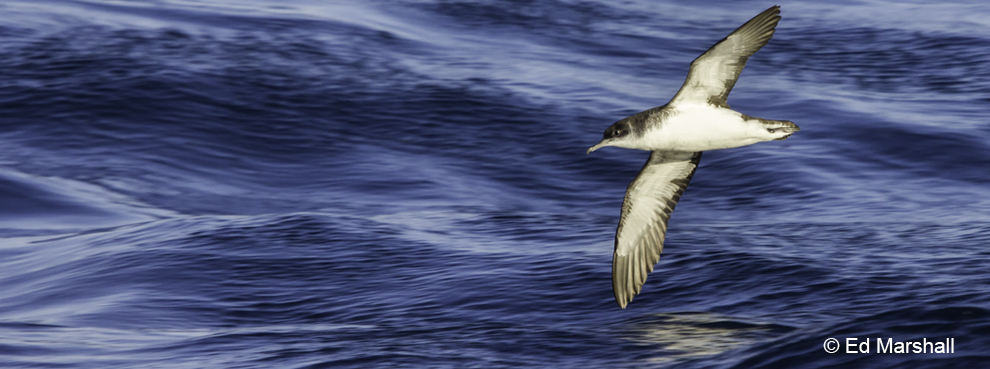Monitoring Rat behaviour on St Helen's
By Lydia Titterton, Project Officer and Holly Paget-Brow, Project Assistant
To protect seabirds the project has removed rats from St Agnes and Gugh. Rats are found on other islands across Scilly, and where found, Manx shearwater and storm petrel eggs and chicks are predated. On these other islands we hope to understand more about the behaviour of these rats in order to consider future options for their removal. The island of St Helen’s is an uninhabited island situated between Tresco and St Martin’s in the Isles of Scilly Archipelago. IoSWT is the leaseholder of these uninhabited islands, home to seabirds such as Puffins, Manx Shearwaters, Lesser Black Back Gulls and Shags to name a few. Over the past 4 months the Seabird Recovery Project team have been researching and monitoring the rat behaviour here.
Monitoring
On the recently rat free island of St Agnes we use chocolate flavoured monitoring wax, the wax is placed in boxes around the island then checked by a group of local volunteers each month for rat nibbles. The reason we use chocolate on St Agnes is because the rats in 2013 preferred it. However, if a rat incursion were to happen, the rats maybe from another island on Scilly, so we need to find out what flavours are preferable on other islands in order to have the highest chance of detecting it on our monitoring wax. Therefore on St Helen’s we are trialling 6 different waxes: peanut (yellow), fish (blue), vanilla (pink), aniseed (green), hard chocolate(dark brown) and soft chocolate (light brown). We place each wax block on a wire and peg it to the ground in front of a trail camera, this means that when we come to check on the wax, not only can we see a preference by looking at the teeth marks, but we can also observe the rats’ natural feeding behaviour on the camera.
Feeding Behaviour
One of the ways to monitor the feeding behaviour of the rats is to look for teeth marks on their preferred food items, the second method is rather more smelly - we collect and analyse droppings. This gives us a rough idea of what they are feeding on throughout the seasons. So far we are seeing evidence of the wide variety of food sources available to the rats, they’ll eat just about anything from spiders and insects to Hottentot fig and blackberries.
Findings so far
In the beginning we found that the rats were very shy of all of our equipment, this is something we expected as rats are neophobic, meaning they are afraid of new items in their foraging environment, however we have observed that St Helen’s rats are not as shy as rats on the other islands and we think this is because they’ve had less exposure to humans. From our feeding behaviour research we are beginning to see a preference for the fish and peanut wax. We have also seen evidence of mice on St Helen’s via teeth marks in the wax but we will need to see footage of them before we can identify the species. We will write a full report of our findings.
The team would like to thank; IoSWT for research access to St Helens and ongoing support; St Agnes Boating for getting us on and off the island; Reading University for analysing our samples; and all of our off-island volunteers for helping us collect a wide range of data and keeping St Agnes rat free.

Lydia sets up 'wax'

Wax flavour 'buffet'

Trail camera opposite 'buffet' to capture footage of mice or rats taste testing.
















